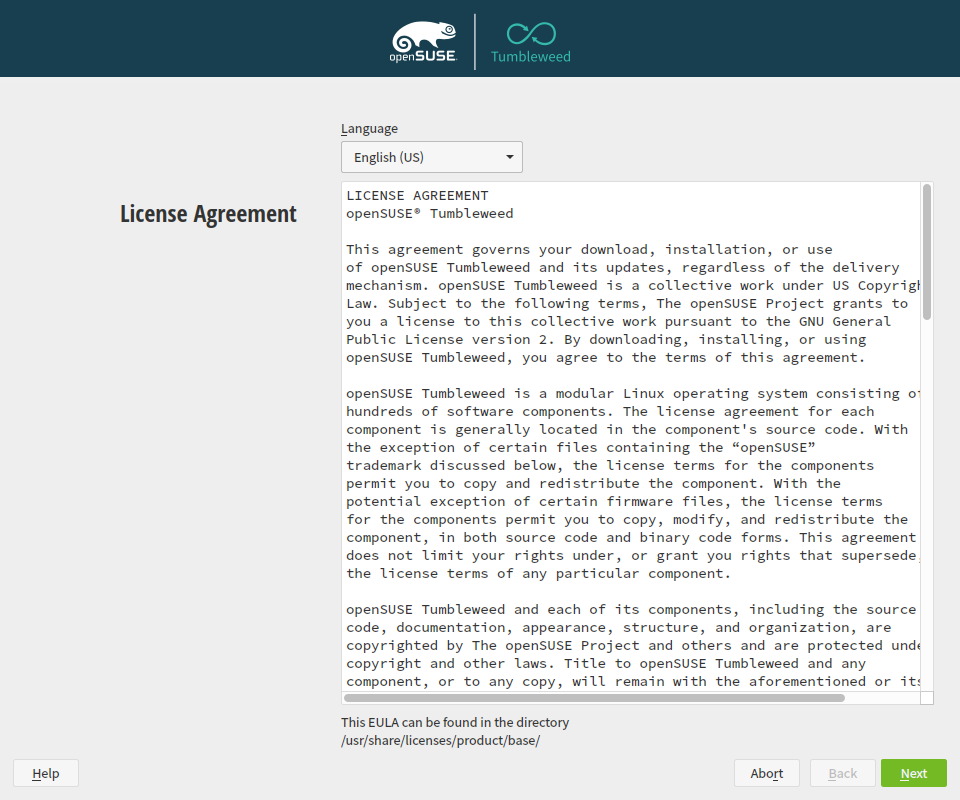| # * [ok] Allow to select more than one item. | |
| # * [ok] Multi state: no selected, selected, auto selected. | |
| # * [ok] Enable/disable items. | |
| # * [ok] Event over item title. | |
| # * [ok] Automatic text wrapping. | |
| # * [No] Auto-focus to the selected item. | |
| # * [No] Event when moving with arrow up/down. | |
| class MultiStateSelectionBox < CWM::RichText | |
| def item(id) |
SUSE Linux is moving from using single configuration files to using multiple files. Moreover, some typical configuration files placed at /etc are being moved to /usr/etc, see https://github.com/thkukuk/atomic-updates_and_etc/.
All those changes could make YaST fails. For example, when a YaST module tries to reads/writes a file from /etc but that file is not there anymore.
The main problem for the YaST team is that nobody is noticing in advance when a package configured by YaST changes the location of its configuration files. Simply a new bug is reported to YaST when a YaST module fails because that. This approach would not be a big deal if all that kind of errors are detected by openQA, but we cannot ensure that is the case. Therefore, YaST needs an early defense barrier in order to prevent bug reports from final users as much as possible.
To fix this issue we would need:
The goal is to be able to add unit-test for snapper CLI commands. For example, check that user-given parameters are right, check that correct libsnapper calls are performed (e.g., a call for creating a snapshot would be perfomed), and check that commands returns expected output (e.g., with csv format, etc).
To support unit-test we need to prepare the code for that. And we can do it at different layers. Very roughly, we can see these layers in the snapper code:
A Team Charter Template is proposed here to help YaST team members to define the team chapter. Please, feel free to add/remove/modify the points in this team charter if you consider it.
That is the first question everyone of us make to ourselves. But there are some good reasons to have one:

